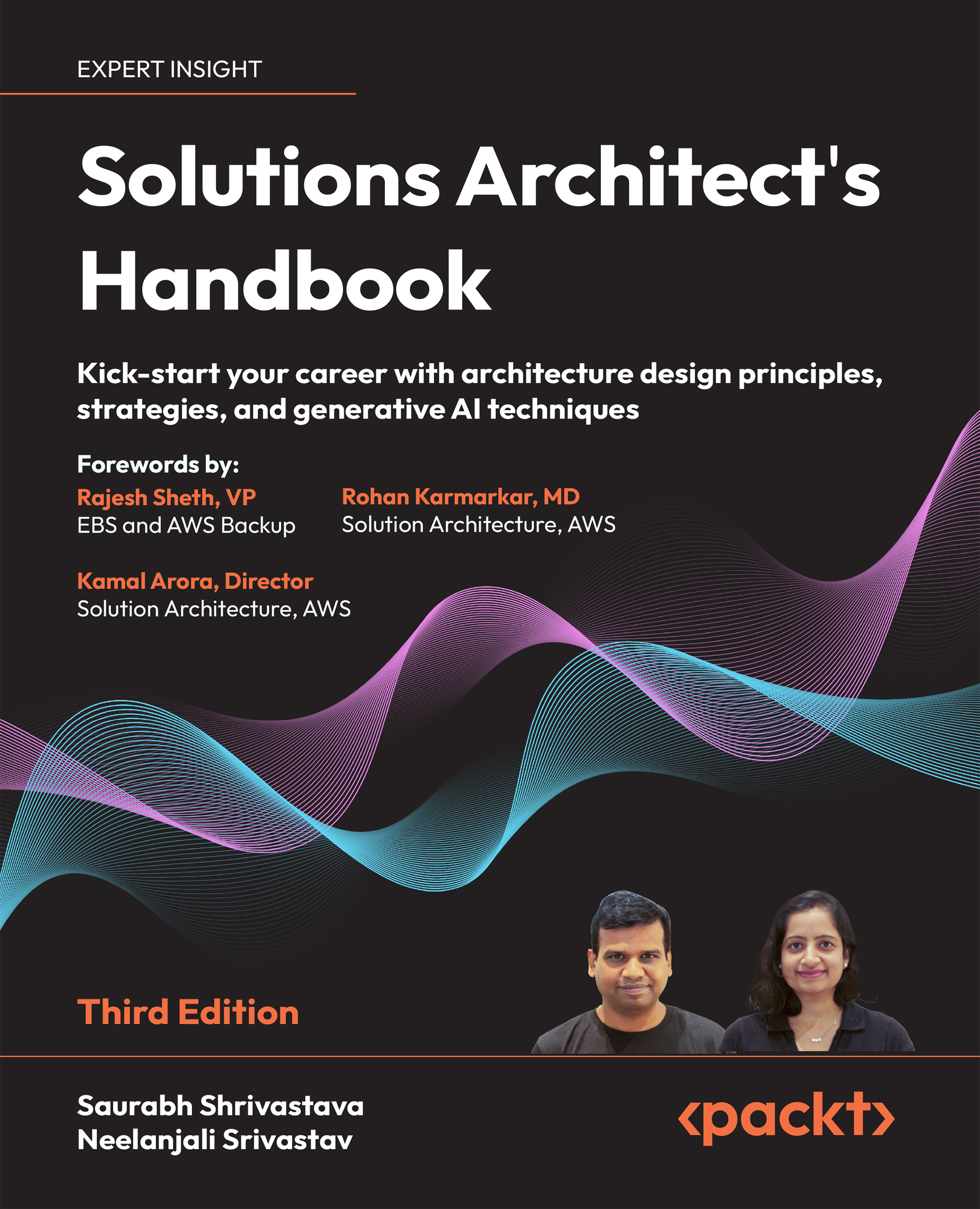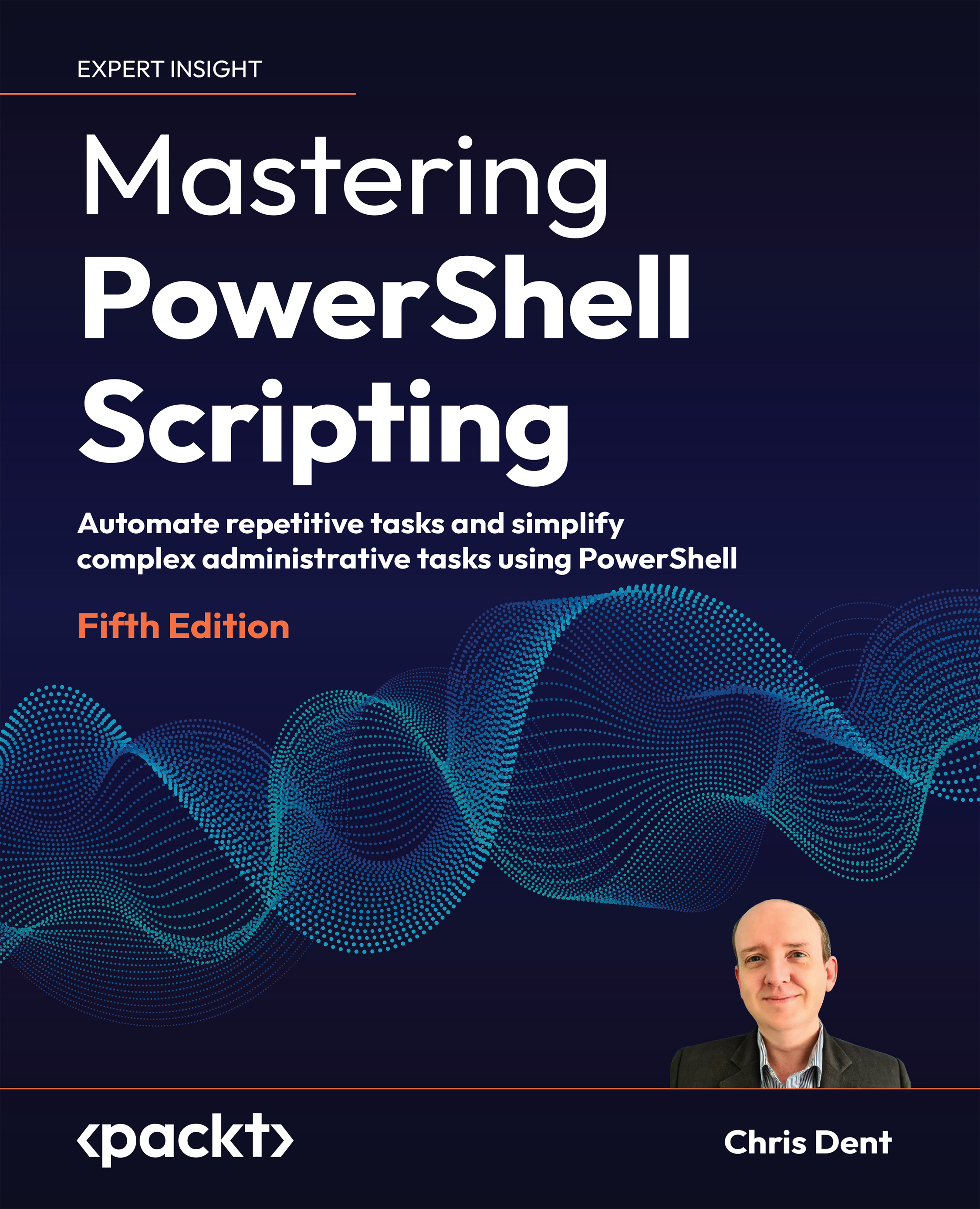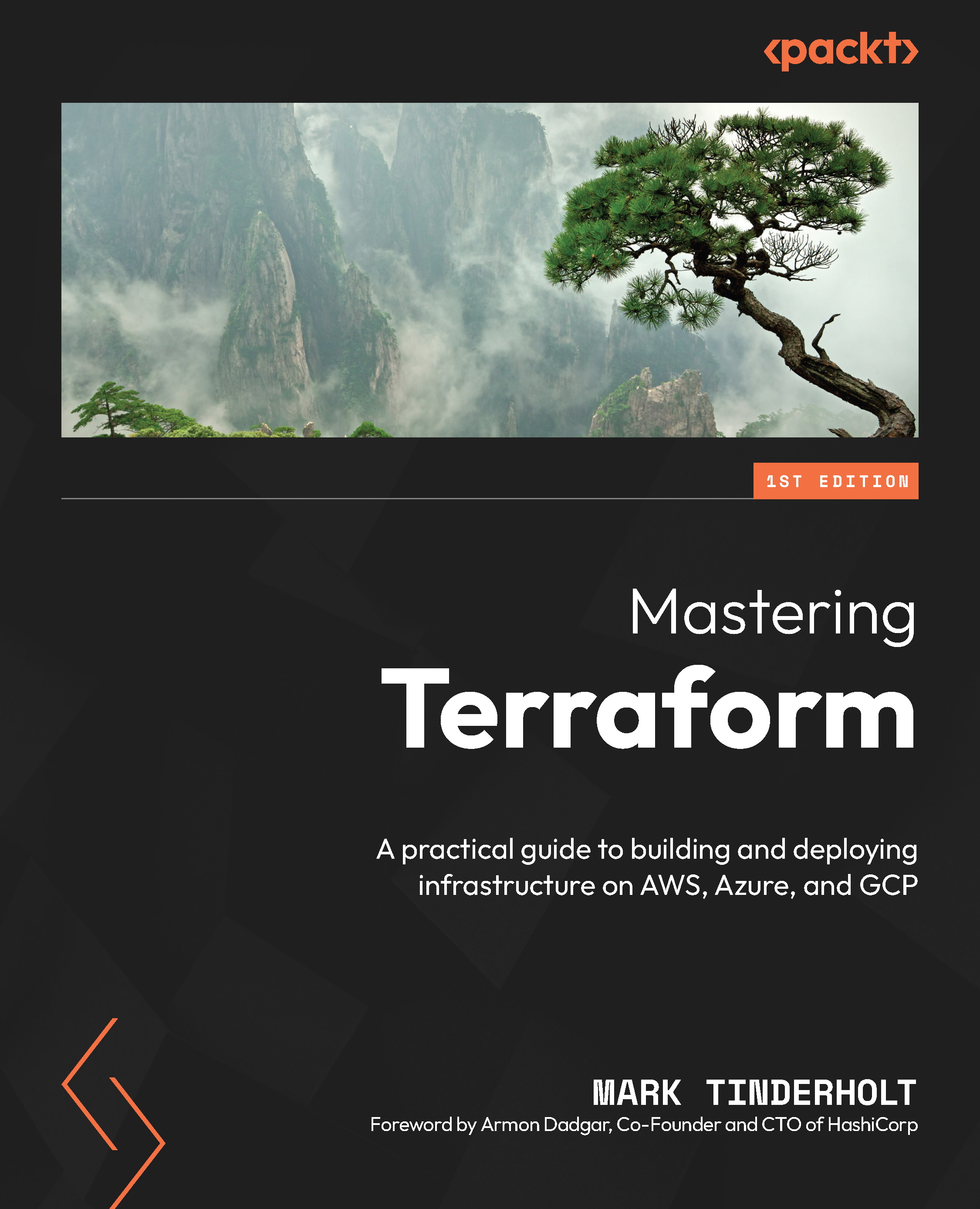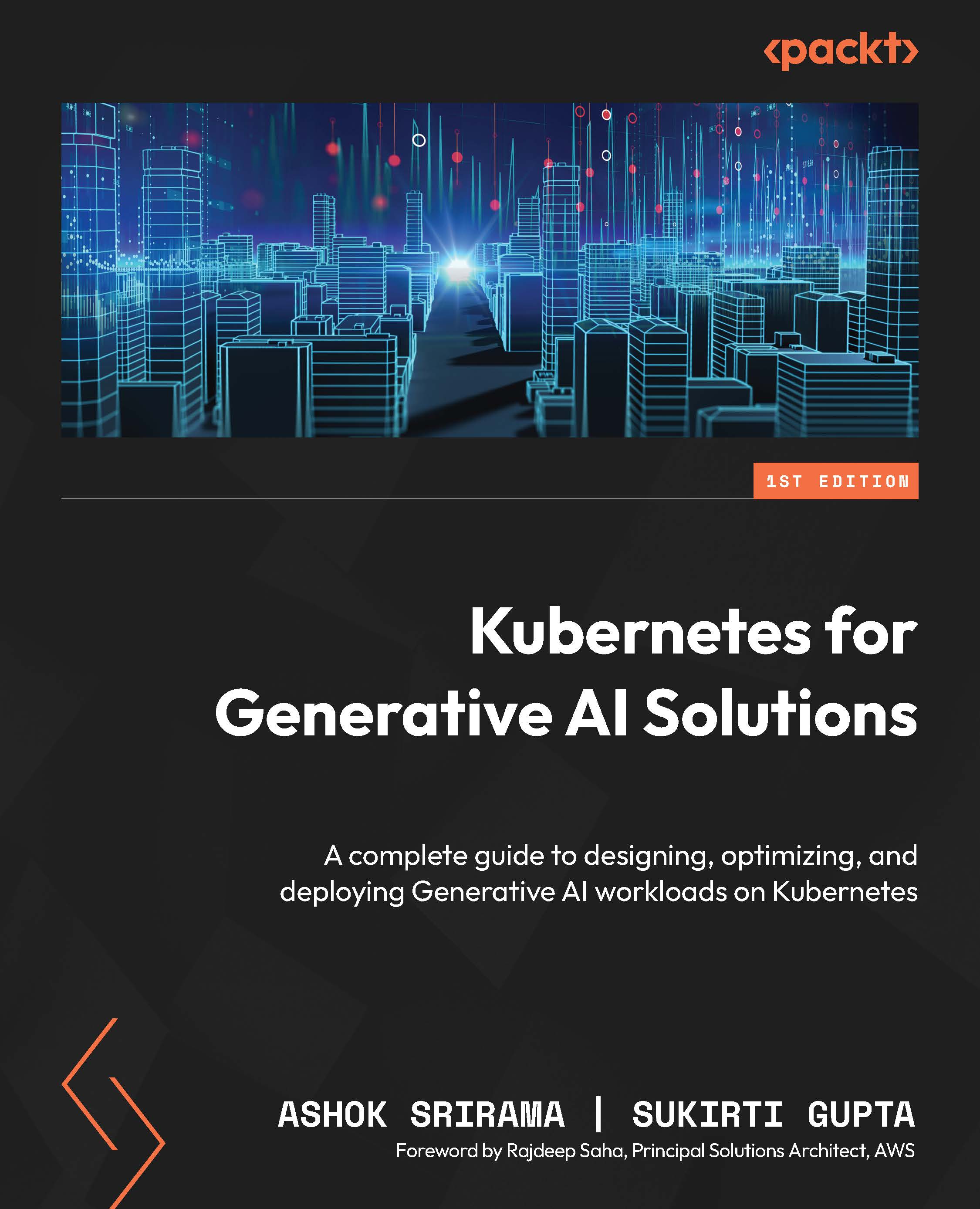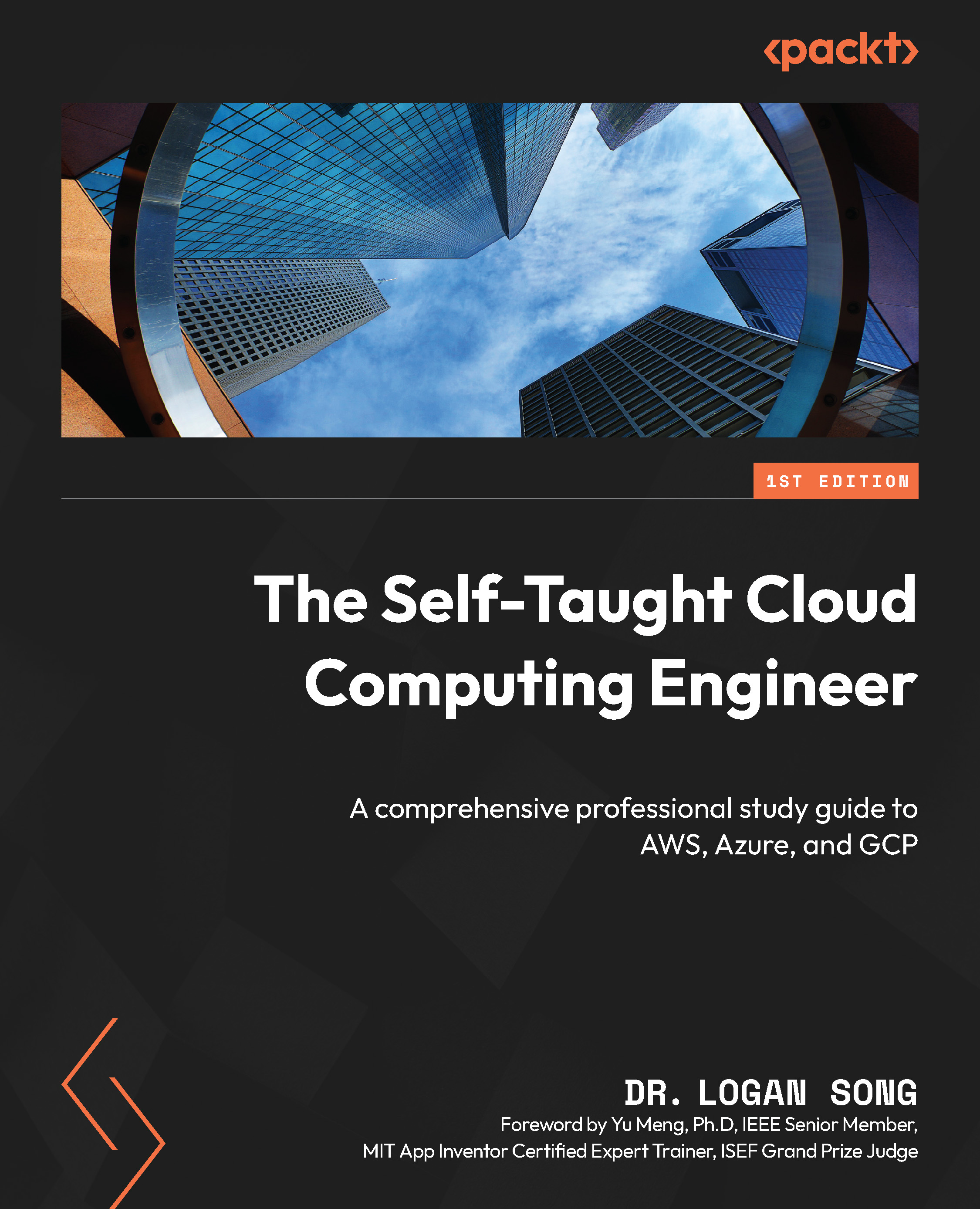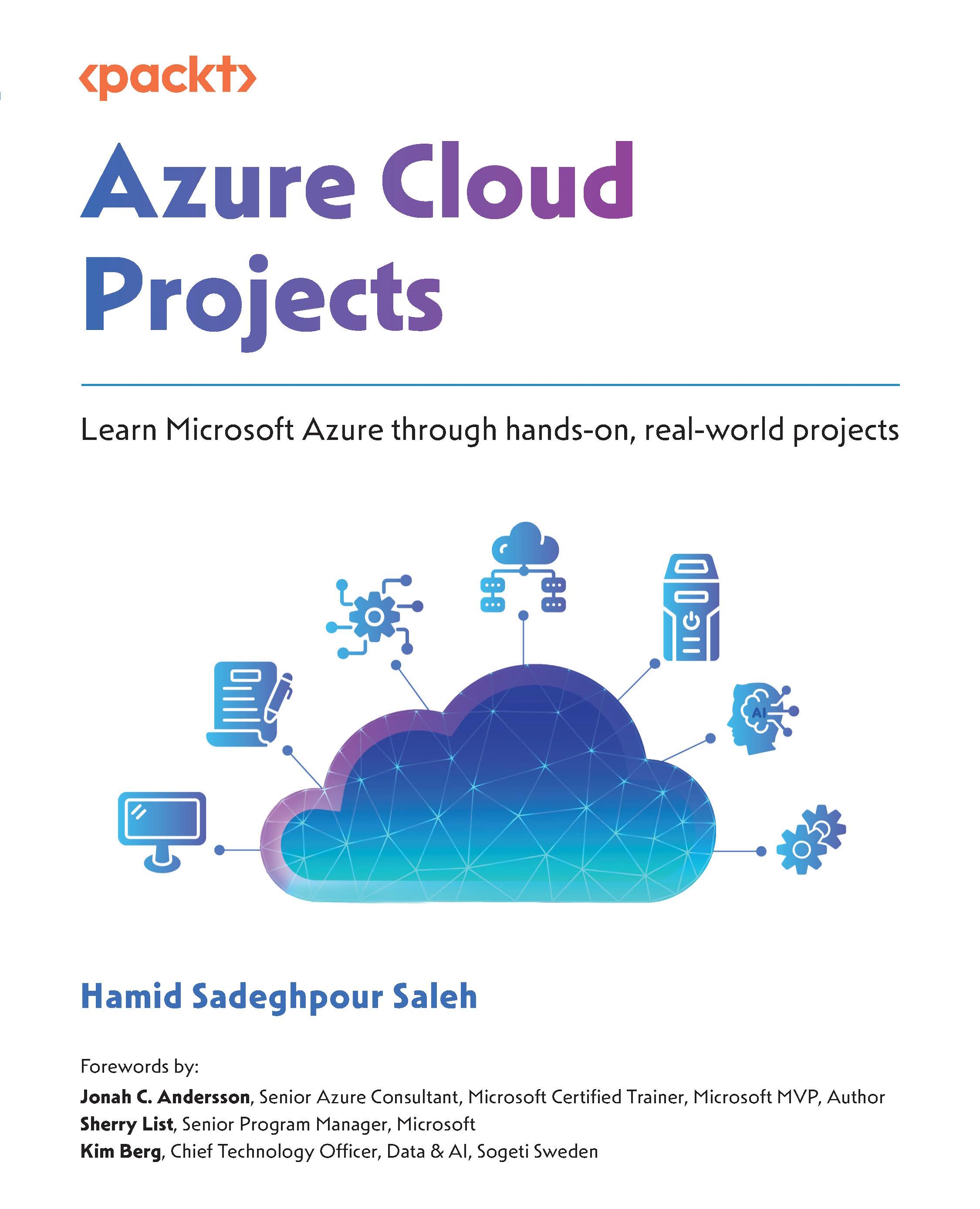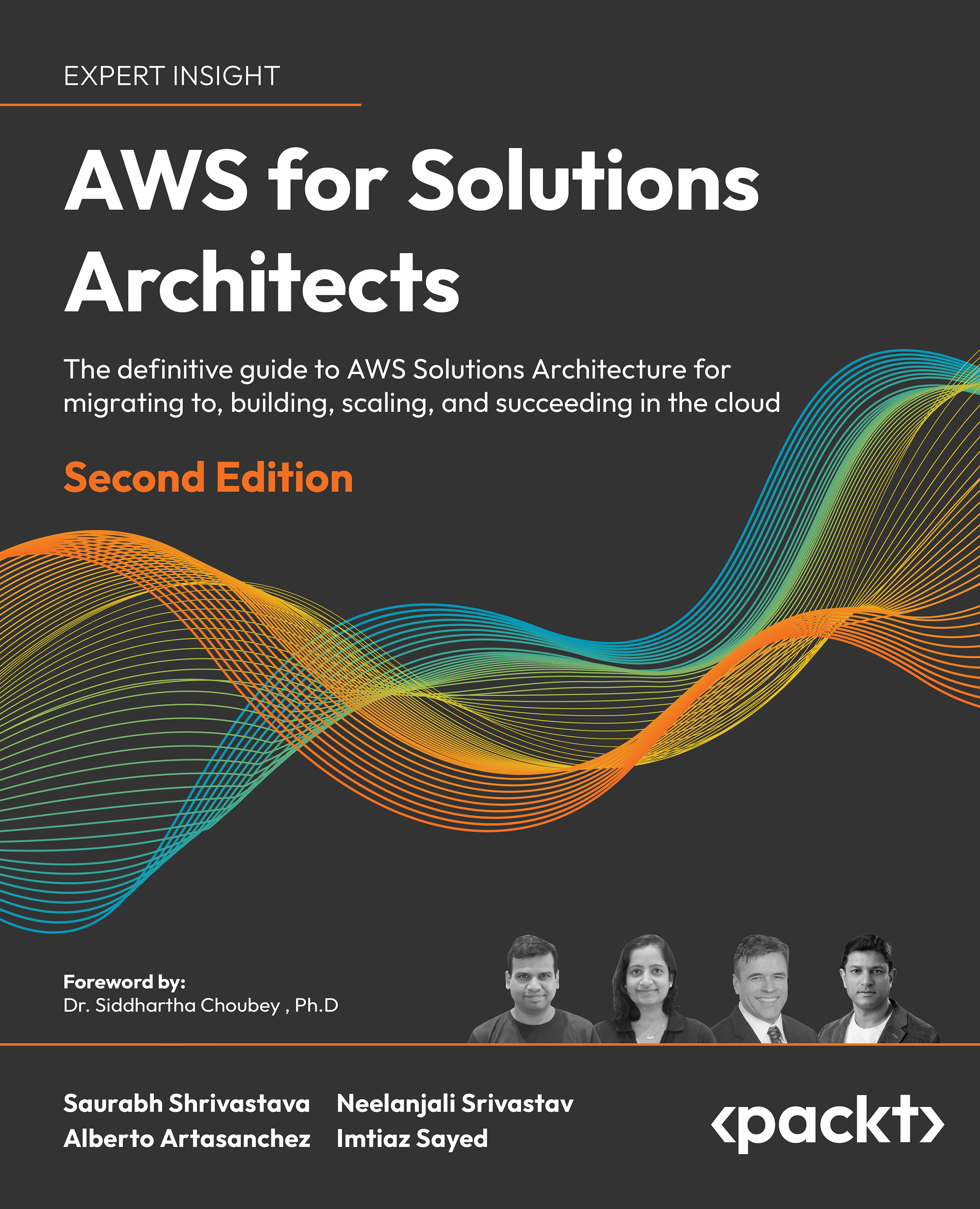AWS is at the forefront of cloud providers. Launched in 2006 with SQS and EC2, Amazon quickly became the biggest IaaS provider.
They have the biggest infrastructure, the biggest ecosystem, and constantly add new features and release new services. In 2015, they passed 1 million active customers. Over the last few years, they have managed to change people's mindset about the cloud, and now deploying new services to the cloud is the new normal.
Using AWS's managed tools and services is a drastic way to improve your productivity and keep your team lean.
Amazon continually listens to its customer's feedback and looks at the market trends. Therefore, as the DevOps movement started to get established, Amazon released a number of new services tailored toward implementing some DevOps best practices. In this book, you will also see how these services synergize with the DevOps culture.
How to best take advantage of the AWS ecosystem
Amazon services are like Lego pieces. If you can picture your final product, then you can explore the different services and start combining them the way you would assemble a Lego, in order to build the supporting stack needed to quickly and efficiently build your product. Of course, in this case, the "if" is a big if, and unlike Lego, understanding what each piece can do is a lot less visual and colorful than Lego pieces. This is why this book is written in a very practical way; throughout the different chapters, we are going to take a web application and deploy it like it's our core product. We will see how to scale the infrastructure supporting it so that millions of people can use it and finally make it more secure. And, of course, we will do this following DevOps best practices.
By going through that exercise, you will learn how AWS provides a number of managed services and systems to perform a number of common tasks such as computing, networking, load balancing, storing data, monitoring, programmatically managing infrastructure and deployment, caching, and queueing.
How AWS synergizes with a DevOps culture
As you saw earlier in this chapter, having a DevOps culture is about rethinking how engineering teams work together by breaking these development and operations silos and bringing a new set of new tools to implement the best practices.
AWS helps in many different ways to accomplish this. For some developers, the world of operations can be scary and confusing, but if you want better cooperation between engineers, it is important to expose every aspect of running a service to the entire engineering organization. As an operations engineer, you can't have a gatekeeper mentality toward developers; instead, it's better to make them comfortable accessing production and working on the different components of the platform. A good way to get started with this in the AWS console:
While a bit overwhelming, it is still a much better experience for people not familiar with this world to navigate this web interface than referring to constantly out-of-date documentation, using SSH and random plays, to discover the topology and configuration of the service.
Of course, as your expertise grows and your application becomes more complex, the need to operate it faster increases, and the web interface starts to show some weaknesses. To get around this issue, AWS provides a very DevOps-friendly alternative: an API. Accessible through a command-line tool and a number of SDKs (which include Java, JavaScript, Python, .NET, PHP, Ruby Go, and C++), the SDKs let you administrate and use the managed services.
Finally, as you have seen a bit in the previous section, AWS offers a number of services that fits DevOps methodologies and will ultimately allow us to implement complex solutions in no time.
Some of the major services you will use are, at the compute level, EC2, the service to create virtual servers. Later, as you start looking into how to scale our infrastructure, you will discover Auto Scaling Groups, a service that let you scale pools on EC2 instances to handle traffic spikes and host failure. You will also explore the concept of containers with Docker via ECS. Lastly, you will create serverless functions via Lambda to run custom code without having to host it on our servers.
To implement our continuous integration and continuous deployment system, you will rely on four services: S3, the object store service that will allow us to store our artifacts; CodeBuild,which will let us test our code; CodeDeploy, which will let us deploy artifacts to our EC2 instances; and finally CodePipeline, which will let you orchestrate how our code is built, tested, and deployed across environments.
To monitor and measure everything, you will rely on CloudWatch and later ElasticSearch/Kibana to collect, index, and visualize metrics and logs. To stream some of our data to these services, you will rely on AWS Kinesis. To send email and SMS alerts, you will use the SNS service.
For infrastructure management, you will heavily rely on CloudFormation, which provides the ability to create templates of infrastructure.
In the end, as you explore ways to better secure our infrastructure, you will encounter Inspector and Trusted Advisor, and explore in more detail the IAM and the VPC service.
 United States
United States
 Great Britain
Great Britain
 India
India
 Germany
Germany
 France
France
 Canada
Canada
 Russia
Russia
 Spain
Spain
 Brazil
Brazil
 Australia
Australia
 South Africa
South Africa
 Thailand
Thailand
 Ukraine
Ukraine
 Switzerland
Switzerland
 Slovakia
Slovakia
 Luxembourg
Luxembourg
 Hungary
Hungary
 Romania
Romania
 Denmark
Denmark
 Ireland
Ireland
 Estonia
Estonia
 Belgium
Belgium
 Italy
Italy
 Finland
Finland
 Cyprus
Cyprus
 Lithuania
Lithuania
 Latvia
Latvia
 Malta
Malta
 Netherlands
Netherlands
 Portugal
Portugal
 Slovenia
Slovenia
 Sweden
Sweden
 Argentina
Argentina
 Colombia
Colombia
 Ecuador
Ecuador
 Indonesia
Indonesia
 Mexico
Mexico
 New Zealand
New Zealand
 Norway
Norway
 South Korea
South Korea
 Taiwan
Taiwan
 Turkey
Turkey
 Czechia
Czechia
 Austria
Austria
 Greece
Greece
 Isle of Man
Isle of Man
 Bulgaria
Bulgaria
 Japan
Japan
 Philippines
Philippines
 Poland
Poland
 Singapore
Singapore
 Egypt
Egypt
 Chile
Chile
 Malaysia
Malaysia




